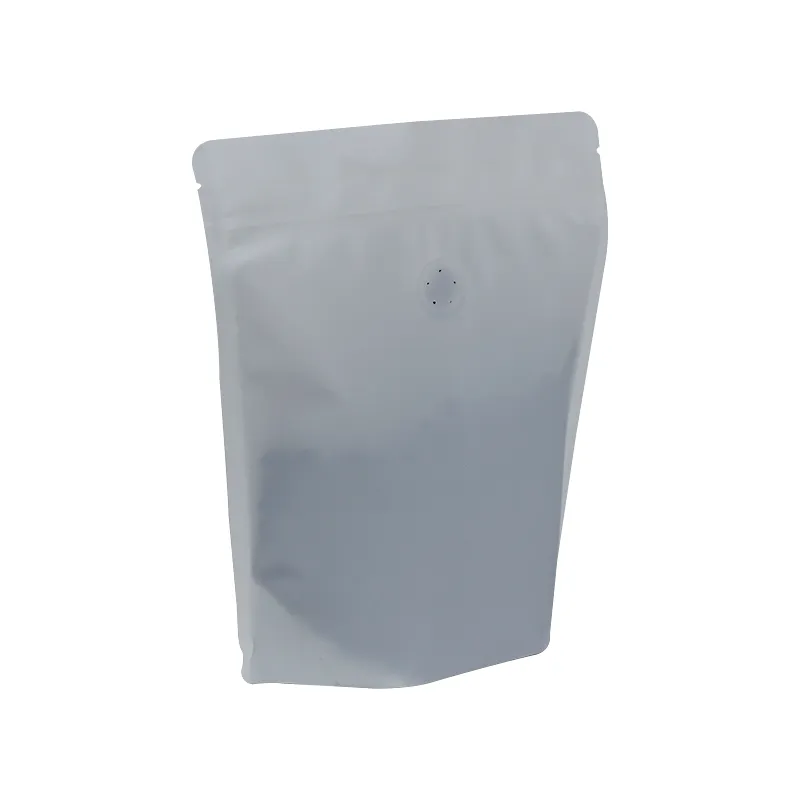- Afrikaans
- Albanian
- Amharic
- Arabic
- Armenian
- Azerbaijani
- Basque
- Belarusian
- Bengali
- Bosnian
- Bulgarian
- Catalan
- Cebuano
- chinese_simplified
- chinese_traditional
- Corsican
- Croatian
- Czech
- Danish
- Dutch
- English
- Esperanto
- Estonian
- Finnish
- French
- Frisian
- Galician
- Georgian
- German
- Greek
- Gujarati
- haitian_creole
- hausa
- hawaiian
- Hebrew
- Hindi
- Miao
- Hungarian
- Icelandic
- igbo
- Indonesian
- irish
- Italian
- Japanese
- Javanese
- Kannada
- kazakh
- Khmer
- Rwandese
- Korean
- Kurdish
- Kyrgyz
- Lao
- Latin
- Latvian
- Lithuanian
- Luxembourgish
- Macedonian
- Malgashi
- Malay
- Malayalam
- Maltese
- Maori
- Marathi
- Mongolian
- Myanmar
- Nepali
- Norwegian
- Norwegian
- Occitan
- Pashto
- Persian
- Polish
- Portuguese
- Punjabi
- Romanian
- Russian
- Samoan
- scottish-gaelic
- Serbian
- Sesotho
- Shona
- Sindhi
- Sinhala
- Slovak
- Slovenian
- Somali
- Spanish
- Sundanese
- Swahili
- Swedish
- Tagalog
- Tajik
- Tamil
- Tatar
- Telugu
- Thai
- Turkish
- Turkmen
- Ukrainian
- Urdu
- Uighur
- Uzbek
- Vietnamese
- Welsh
- Bantu
- Yiddish
- Yoruba
- Zulu
how to measure boxes
How to Measure Boxes A Comprehensive Guide
Measuring boxes is a fundamental skill that comes in handy for a variety of tasks, ranging from packing and shipping to organizing your living space. Whether you're preparing for a move, shipping products, or simply trying to maximize storage efficiency, knowing how to properly measure boxes is essential. Here’s a step-by-step guide that will help you measure boxes accurately and effectively.
Step 1 Gather Your Tools
Before you start measuring, it’s crucial to have the right tools on hand. You will need
- A flexible measuring tape or a ruler - A notepad and pen for recording measurements - A calculator for more complex calculations - A box or two for practical application
Using a flexible measuring tape is often the best choice, as it can easily conform to the shape of the box. A ruler or yardstick can also be useful for larger boxes, but it may be less convenient for odd shapes.
Step 2 Understanding Box Dimensions
Boxes typically have three dimensions length, width, and height. It's important to understand how these measurements are defined
- Length The longest side of the box. When looking at the box from the front, it is the horizontal measurement. - Width The shorter side of the box when viewed from the front. It is also a horizontal measurement but perpendicular to the length. - Height (or Depth) The vertical measurement from the base to the top of the box.
For most purposes, dimensions are listed in the order of length, width, and height (L x W x H).
Step 3 Measuring the Box
To measure the length, width, and height of your box, follow these steps
how to measure boxes

1. Place the Box on a Flat Surface Ensure the box is level and stable. 2. Measure the Length Use your measuring tape to measure the longest side and record the measurement. 3. Measure the Width Measure the shorter side next, ensuring you keep the tape straight for accuracy. 4. Measure the Height Finally, measure from the bottom of the box to the top.
Make sure to measure at the widest points for each dimension, especially if the box isn’t a perfect rectangle.
Step 4 Recording Your Measurements
It’s essential to record the measurements immediately to avoid forgetting them. Write down the dimensions in the format of L x W x H, with the units of measurement clearly stated (inches, centimeters, etc.). For example, a box measuring 12 inches long, 8 inches wide, and 6 inches high would be noted as 12L x 8W x 6H.
Step 5 Calculating Volume (If Needed)
If you need to calculate the volume of the box for packing purposes, use the formula
Volume = Length x Width x Height
Ensure all measurements are in the same unit (e.g., all inches or all centimeters) before performing the calculation. This will give you the volume in cubic inches or cubic centimeters, helping you determine how much you can fit inside the box.
Step 6 Double-Check Your Measurements
Lastly, double-check all your measurements to ensure accuracy. Errors can lead to packing problems, wasted space, or issues with shipping.
By following these simple steps, you can effectively measure boxes of any size. With practice, you’ll become more proficient at measuring and organizing, making your tasks smoother and more efficient. Remember, precise measurements are the key to successful packing, shipping, and storage!













